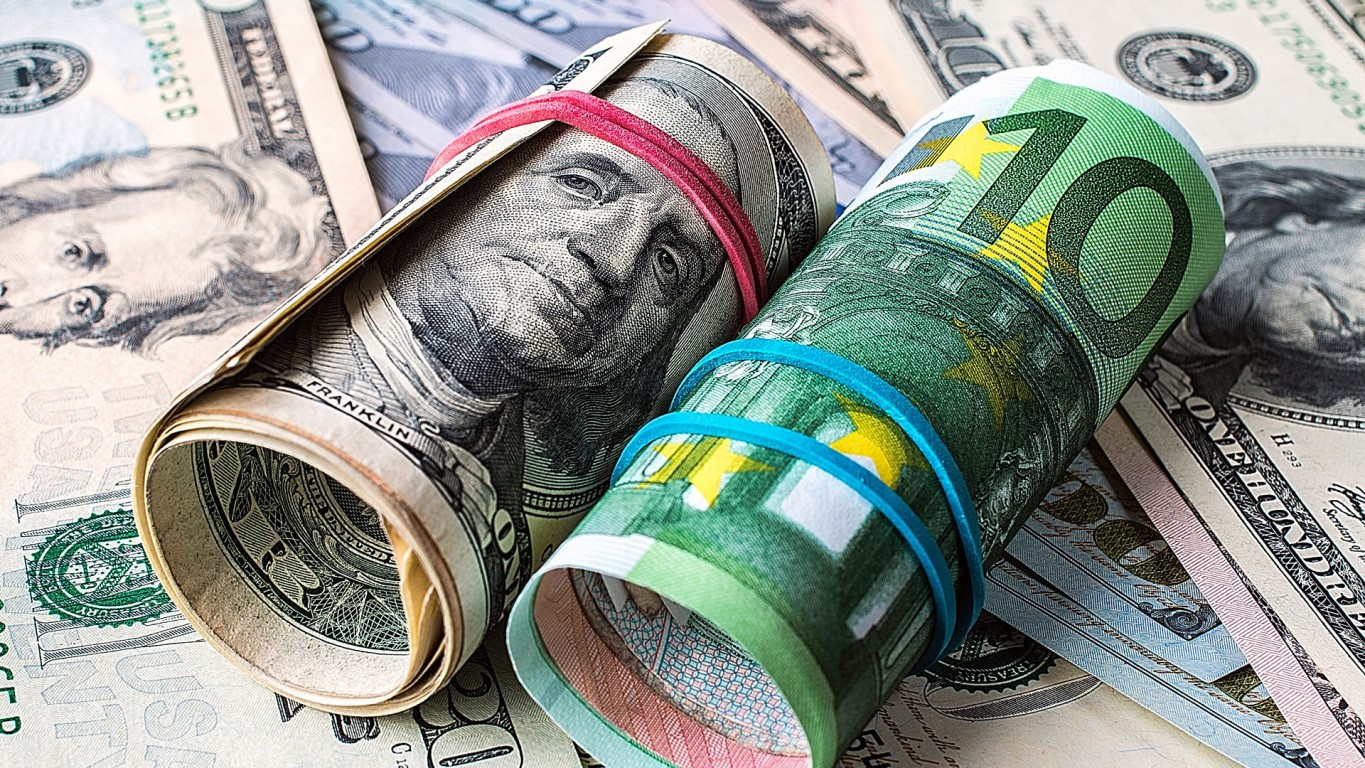
We dreamed about the growth of the euro and that's enough. The harsh reality suggests that any bounce in the EUR/USD pair will be short-lived and insignificant. Bulls are left to put on a good face with a bad game.
In the markets, it is not difficult to notice a general cooling to risk. The optimistic mood that prevailed at the beginning of the week began to decline and, to some extent, even gave way to skepticism. Investors assess the situation with the new strain more soberly and try not to react to all messages in a row. Three doses of Pfizer's vaccine should protect against Omicron, but this is just initial laboratory testing and time will tell how it actually works under the new circumstances.
Convincing positive statements have not yet been reported; instead, a new variant of the virus has been detected in almost 60 countries around the world, and WHO is confident that the number will continue to grow. Such a background can quickly return stock markets to a bearish correction mode. Potentially high inflation data in the US, which will be published on Friday, also speaks in favor of this scenario. Annual inflation is expected to accelerate to 6.8% in November, the highest since 1982.
Markets are preparing to evaluate this report and will gradually switch to meetings of the world's central banks (US, England, EU and Japan) next week. Another jump in US inflation will increase the chances of a more aggressive Fed tightening. At the end of the week, profit-taking will be justified, including on the eve of the FOMC meeting.
In this context, it will be most interesting to observe the EUR/USD pair. Given the Fed's hawkish rhetoric and the ECB's reluctance to respond to accelerating inflation, the downside risks for the euro are quite high. The stronger the contrast between the central bank, the deeper the quotes of the pair may sink.
This week, the euro tried to rebound from the lows, which somewhat encouraged bulls and even misled. Nevertheless, relying on the available information, the single currency has no chance of a victorious rise against the dollar.
Some market players stubbornly continue to admit the possibility of a change in the ECB's rhetoric. The leader of the financial flock - the Fed - has changed its attitude to inflation, now it is Europe's turn. At least this happens, if not always, then often. The ECB is basically copying the moves of the Fed. How will it be this time? The pandemic has changed everyone and everyone who knows what will happen next ...
Regarding the recent rise in EUR/USD above 1.1300, the euro could benefit from the sharp jump in the EUR/GBP rate. This dynamic was fueled by reports of new COVID-19 restrictions being introduced in the UK.
On Thursday, the euro sank again, in the American session the dollar increased after the publication of the weekly data on the US labor market. The number of initial applications for unemployment benefits fell by 43,000 compared with the revised figure of the previous week, to 184,000. The value was the lowest since September 1969.
The situation looks like the euro is likely to continue to decline to the 1.1200 area. The dynamics that we have seen this week can only be called volatility in the range of 1.1200-1.1350. Until the Fed and ECB meetings next week, the market just decided to wait out in a range.

If you look at the technical picture, then it is more likely not sideways, but a converging triangle-pennant. In other words, the market deals with the continuation of the trend, that is, with the decline.
If the level of 1.1200 is broken at the end of the week, the EUR/USD pair will go to new lows to 1.1100 and below. In any case, until the quote breaks through the 1.1400 mark, it will be at least wrong to expect an upward trend.
Scotiabank and Nomura are still waiting for the euro to reach 1.1000. Analysts believe that the downside risk will diminish only if the 1.1434 level is broken.





















